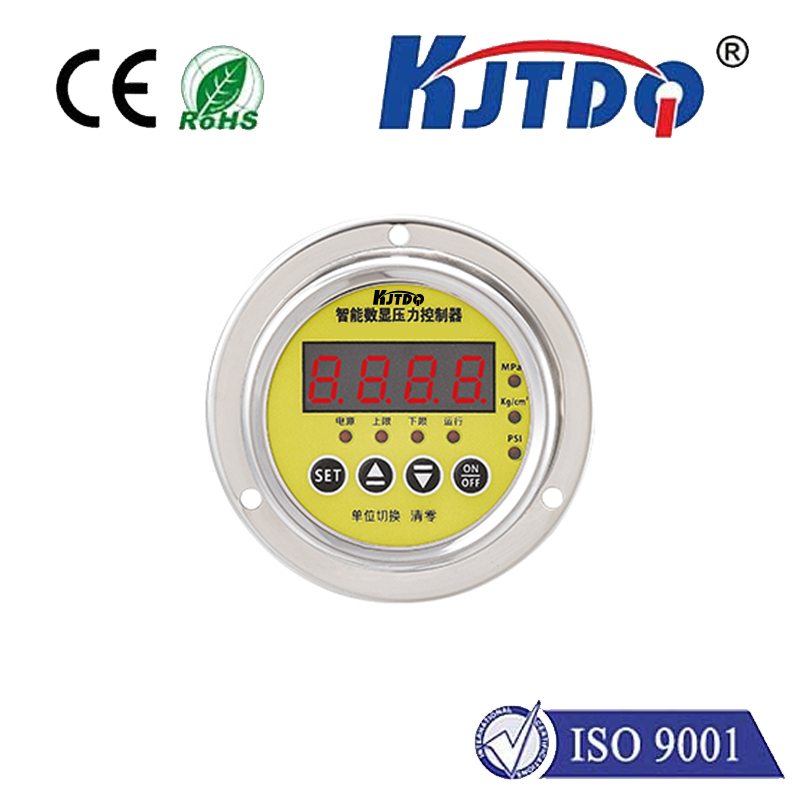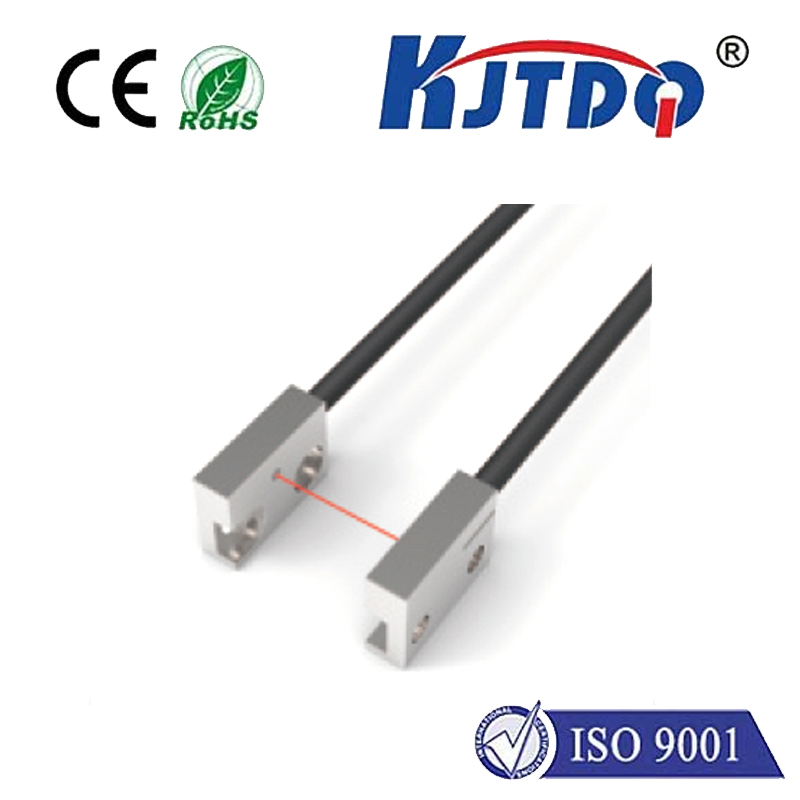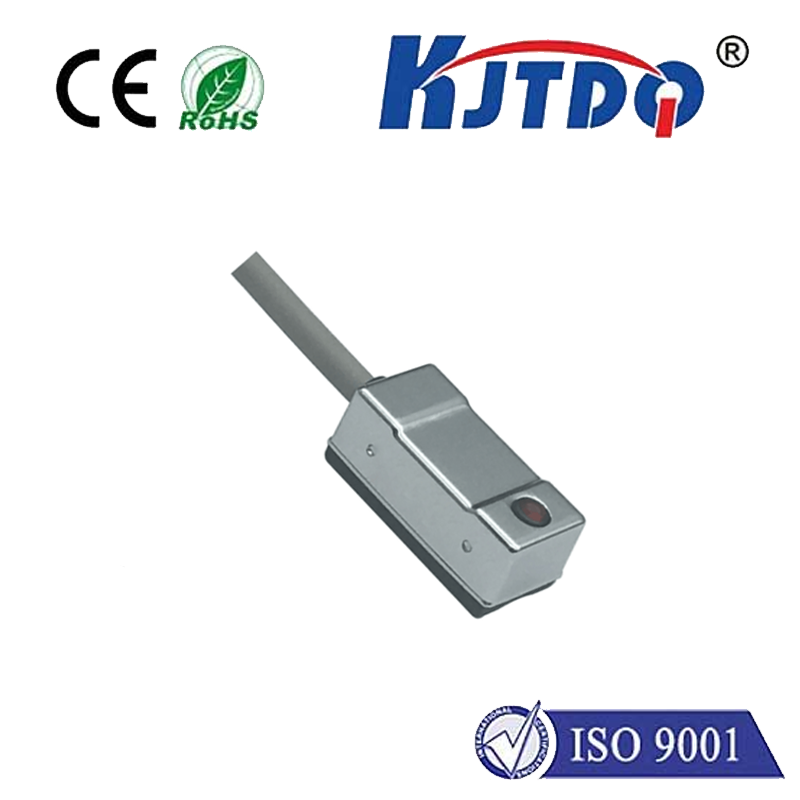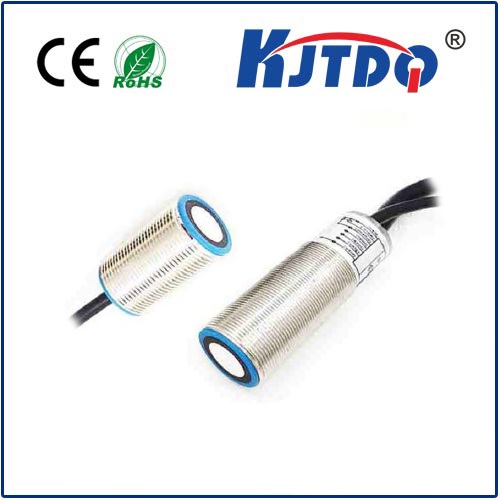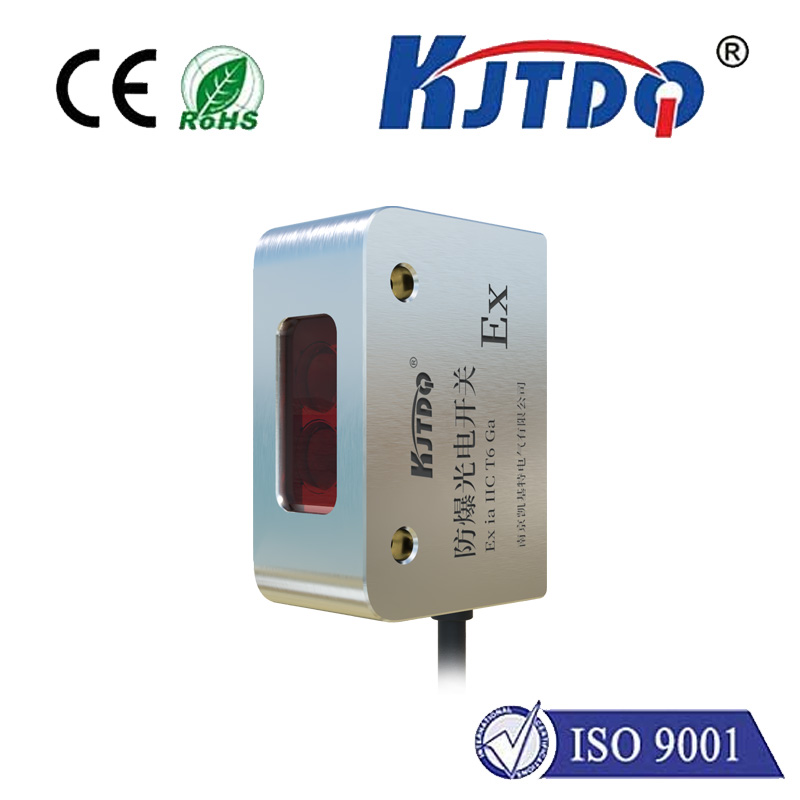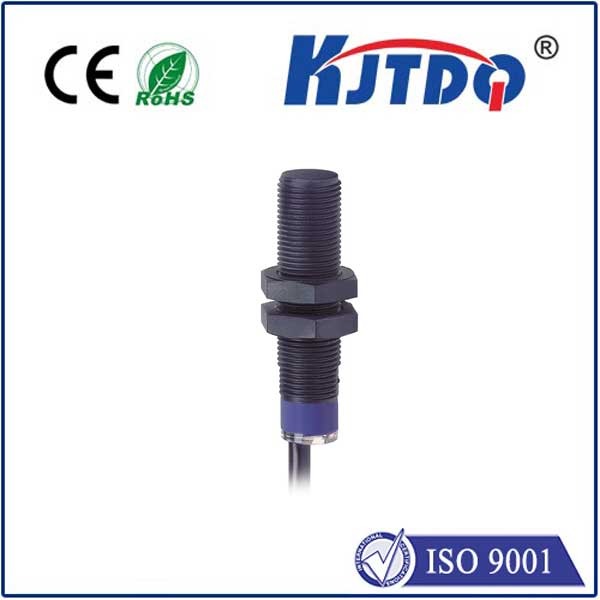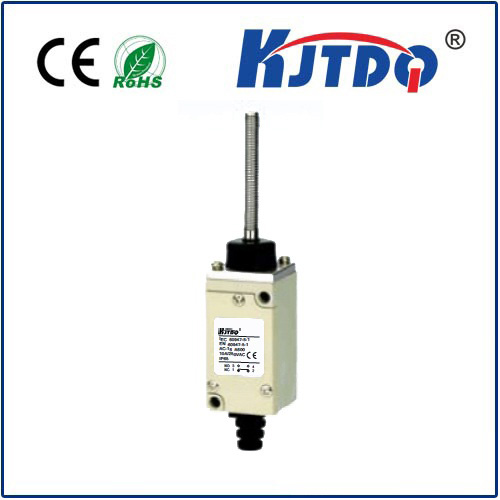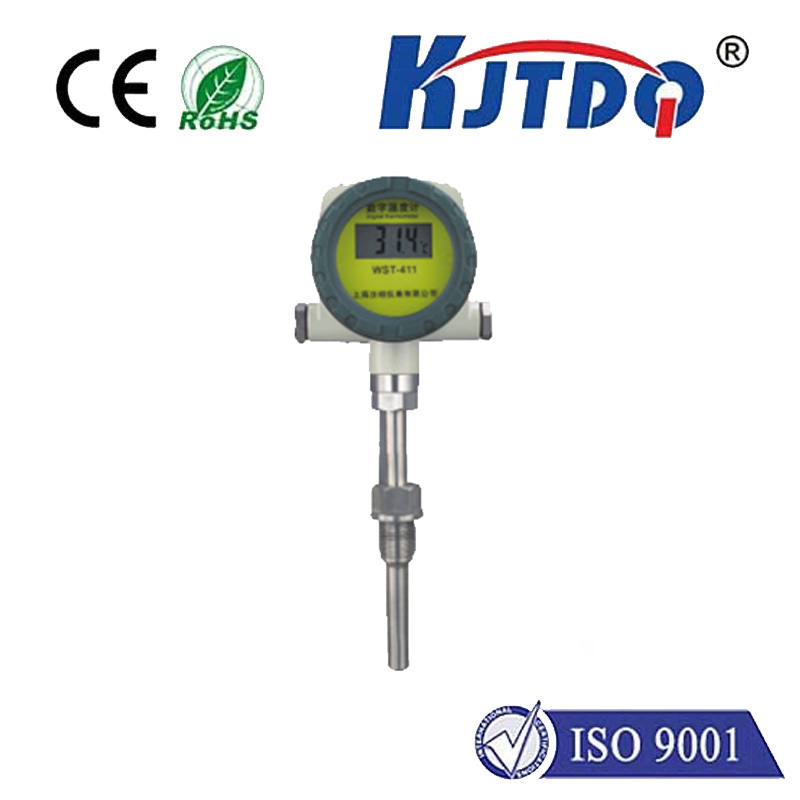

check

check

check

check

check

check

check

check

check

check
Exploring the Capabilities of Polarized Retroreflective Sensors
Polarized retroreflective sensors are an innovative technology that has revolutionized various fields, from automotive to security. These sensors utilize a unique property called polarization to detect and measure light, providing accurate and reliable data for a wide range of applications. In this article, we will delve into the capabilities of polarized retroreflective sensors and explore their potential uses.

Firstly, it is important to understand what polarization is and how it works. Polarization refers to the orientation of light waves as they travel through space. When light interacts with certain materials, it can become polarized in a specific direction. This property is utilized by polarized retroreflective sensors to identify and measure the intensity and angle of incident light.
One of the key advantages of polarized retroreflective sensors is their ability to accurately detect objects at long distances. This is achieved through the use of highly reflective materials that bounce back incident light towards the sensor. By analyzing the polarization state of the reflected light, the sensor can determine the distance and location of an object with great precision. This makes them ideal for applications such as vehicle detection systems, where accurate and real-time data is crucial for safety.
Another advantage of polarized retroreflective sensors is their ability to operate in low-light conditions. Since these sensors rely on the polarization state of light rather than its intensity, they can detect objects even in dimly lit environments. This makes them particularly useful for security applications, where surveillance cameras may struggle to capture clear images in low-light conditions. By using polarized retroreflective sensors, security personnel can monitor areas with greater accuracy and efficiency.
In addition to their practical applications, polarized retroreflective sensors also have potential uses in research and development. For example, they could be used to study the properties of different materials under varying lighting conditions or to develop new types of optical devices. As technology continues to advance, the possibilities for polarized retroreflective sensors are endless.
In conclusion, polarized retroreflective sensors are a versatile and powerful tool that offer numerous benefits across various industries. With their ability to detect objects at long distances and in low-light conditions, they provide accurate and reliable data that can be used for a wide range of applications. As research and development continue to progress, it is likely that we will see even more innovative uses for polarized retroreflective sensors in the future.
